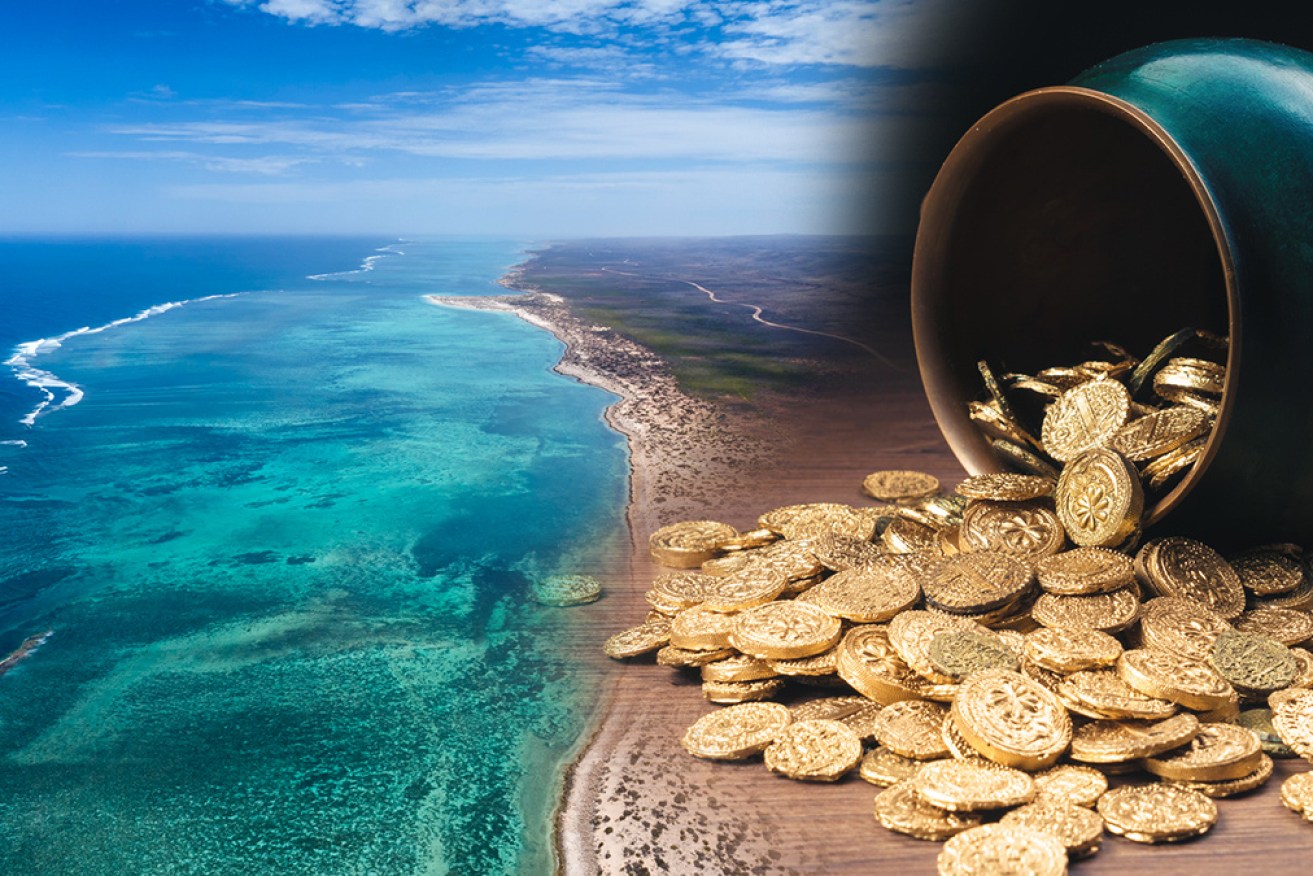COVID-wary Queensland is closed. And these other states are primed to profit


Some regions could expect an unexpected bump in tourism numbers if Queensland maintains strict border lockdowns. Photo: Getty/TND
Australia’s tourism industry is far from dead in the water, despite suggestions that international travel bans could cripple local operators.
And there are some who’ll be bigger winners than others.
As several states begin easing restrictions that would enable locals to escape to regional tourist hubs, government departments have declared newfound confidence that the sector could swiftly bounce back.
Treasury deputy secretary Meghan Quinn told a parliamentary hearing on Thursday the department foresees local tourism could counteract international tourist numbers, which now effectively sit at zero.
“[If] everybody changed their behaviour and took their usual holidays and spent the same amount they would have spent overseas but did it in Australia, that would be a net boost to the Australian economy,” Ms Quinn said in response to questioning from Liberal Senator James Paterson.
Australia runs a tourism trade deficit of roughly 1 per cent of GDP, which means the economy typically loses more tourist dollars from Australians heading overseas than it gains from international tourists.
Tweet from @CallamPickering
AMP Capital chief economist Shane Oliver told The New Daily the big question now was whether Australians would be compelled to spend the same amount domestically as they normally would overseas.
However, he said more Australians should feel more comfortable holidaying at home, citing Australia’s track record on controlling the virus, which ranks better than most OECD nations.
“Providing we do see continued progress towards relaxing restrictions without a significant hike in cases, there is a lot of pent-up demand out there and Australians would be pretty keen to spend on holiday in their own country,” Mr Oliver said.
That’s without taking into account ongoing frictions around the status of state borders.
Winners and losers
Queensland Premier Annastacia Palaszczuk has refused to budge on her commitment to keep borders closed, despite opposition from NSW Premier Gladys Berejiklian, and suggested they could remain closed until as late September.
Australian Tourism Industry Council executive director Simon Westaway said the lack of normalcy on state borders is creating an “anchor drag” on the sector’s recovery.
With traditional hubs including Noosa, Far North Queensland and the Gold Coast featuring heavily in tourism marketing, the state could expect to see millions in interstate tourist dollars dry up or head elsewhere.
The “90-minute bubbles” around Melbourne and Sydney, and areas with similar climates, including Western Australia’s Coral Bay and Kimberley regions, and the Northern Territory have the most to gain, he said.
But he disagreed with the notion that surging domestic traveller numbers could totally offset the billions lost from international visitors.
“The substitution effect will partly exist, so there will be some people who had planned a Bali holiday will transfer those plans to somewhere in the northern regions of Australia,” Mr Westaway told The New Daily.
“But one of the challenges will be repositioning Australia as a preferred destination over overseas destinations to locals, especially when there’s a perception that we are a high-cost country, and cost is always a driver around stimulation.
“And I think one of the opportunities from a soft tourism point of view is to market areas like the Kimberley, and the ease of access for Australians to experience some pristine nature.”
Any campaign focussing on natural beauty off the West Australian coast would be welcome news to Exmouth Dive and Whalesharks owner Mark Ferguson, who said operators in the Coral Bay region are “sitting here waiting” for an influx of tourists.
“Once all our internal borders open up we expect to see a significant spike in numbers which should last over the school holidays in July,” Mr Ferguson told The New Daily.
“By then, hopefully interstate borders should reopen which could see us through to the end of the season in August.
“We’ve done our COVID plans, lowered passenger seats available and increased spacing in line with social distancing, so we’re ready to go.”








